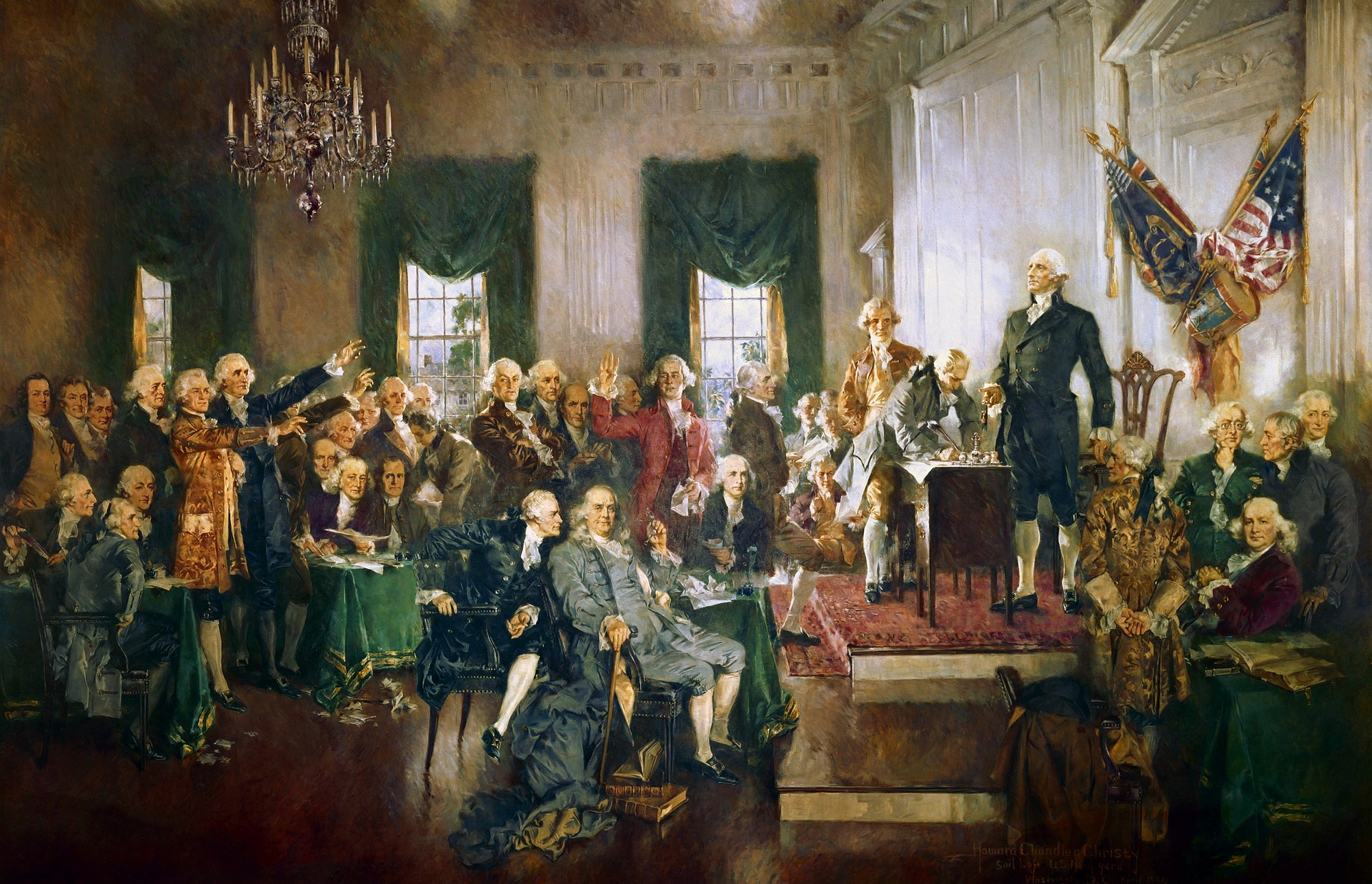Long Island has played an important role in America’s maritime history for hundreds of years. Standing the test of time, the island continues to play a crucial role in New York area trade and commerce. In this article, we’ll take a look at a few interesting facts that have shaped the unique history of Long Island over the years.
Native Fishing
Long Island was initially populated by Native Americans for hundreds years before Europeans ever set foot in the Americas. The area’s bays were richly populated with fish, and the natives commonly fished in waters surrounding the island. Fishing remained the sole industry of Long Island for a long period of time.
Early Exploration
The first European to explore Long Island was Giovanni da Verrazzano, an Italian who was working for the French government that made the voyage in 1524. An English explorer named Henry Hudson later mapped the area in greater detail, but it was a Dutch explorer named Adriaen Block who proved that Long Island was actually an island in 1615.

Colonization
Other colonies had already sprung up in the New York region surrounding Long Island, so Long Island itself was the next natural place for European colonization. After the island was thoroughly mapped, colonization soon followed, with English settlers landing in the area in the 1630s. Dutch colonists settled on the other end of the island shortly after. The border between these two original colonies still serves as the modern-day divide for the counties of Suffolk and Nassau. In these early years under European influence, a large part of the island’s economy was based on naval trade, along with fishing and farming.
The American Revolution
As an important shipping hub, Long Island played a crucial role in the American Revolution. British forces wanted to hold the area in order to get supplies from Europe, especially after they were forced out of Boston. In turn, General George Washington wanted to the control the island to prevent supplies from reaching his British enemies.

This led to the Battle of Long Island, which proved to be an American defeat. The soldiers started the battle on land, but it quickly turned into one of the largest naval battles in America’s early history. Upon retreat, approximately 9,000 Americans climbed into rowboats and made their escape by sea, allowing the rebels to escape, despite being surrounded by British forces.
The Brooklyn Bridge
Ferries dominated the waterways around Long Island for most of its early history, as there were no land connections to the rest of New York at that time. This lead to the construction of the Brooklyn Bridge in 1883, which allowed businesses to ship their products into the city by cart (and eventually by truck) and cleared up much needed space within the waters between Long Island and the rest of the city. The Brooklyn Bridge also reduced the area’s slow shipping methods to modern levels of speed.
Present Day Long Island
Today, life in Long Island continues to revolve around its maritime past. The lighthouses that dot the East End are a reminder of both the Island’s maritime history and continued role as a center of naval trade. While most residents no longer rely on fishing as a means of survival, many enjoy living in Long Island because of its proximity to ocean and all of the recreational opportunities that it affords. It seems that Long Island will forever be linked to the water that surrounds it.
Top
